The Complete Chess SwindlerDavid SmerdonThe Complete Chess Swindler How to Save Points from Lost Positions New In Chess 2020 To Leo,
Who constantly reminds me that there is always something else to discover, and new adventures to be had. 2020 New In Chess Published by New In Chess, Alkmaar, The Netherlands www.newinchess.com All rights reserved. No part of this book may be reproduced, stored in a retrieval system or transmitted in any form or by any means, electronic, mechanical, photocopying, recording or other wise, without the prior written permission from the publisher. Cover design: Buro Blikgoed Supervision: Peter Boel Editing and typesetting: Frank Erwich Proofreading: Dennis Keetman Production: Anton Schermer Have you found any errors in this book? Please send your remarks to and implement them in a possible next edition. ISBN: 978-90-5691-911-5 Explanation of symbolsThe chessboard with its coordinates:
 | White to move |
 | Black to move |
| King |
| Queen |
| Rook |
| Bishop |
| Knight |
 | White stands slightly better |
 | Black stands slightly better |
 | White stands better |
 | Black stands better |
| + | White has a decisive advantage |
| + | Black has a decisive advantage |
| = | balanced position |
| ! | good move |
| !! | excellent move |
| ? | bad move |
| ?? | blunder |
| !? | interesting move |
| ?! | dubious move |
Acknowledgements I would like to thank the members of my old club, Club Bullwinkle, who love everything about chess and encouraged me from the start to pursue this project. Special thanks to the clubs president, Jacob Edwards, who made numerous suggestions and improvements to the manuscript, and to Sabina Albrecht, who put up with me taking on yet another project during a period when I definitely didnt have time to take on another project.
On that topic, thanks to the New in Chess editors for graciously and without complaint allowing me to extend my deadline on multiple occasions. A big thank-you to everyone who answered my requests for swindles and anecdotes, including Ian Rogers, Gerard Welling, Edward Winter, and numerous grandmasters, who directed me to fabulous swindles even when they themselves were on the receiving end. A very special thanks to all the strangers who sent in their swindles in response to my wide call for swindles on social media. The chess community really is a special place. Introduction Chess is in the last resort a battle of wits, not an exercise in mathematics. Theory helps you; but you have to fight.
Hence our contempt for the stupid word swindle in chess. C.J.S. Purdy At the strong Tallinn tournament of 1971, the game between the grandmasters Furman and Smejkal was drawing to a close. White had already mentally given up and was simply going through the motions to conclude proceedings: Semyon Furman Jan Smejkal Tallinn 1971 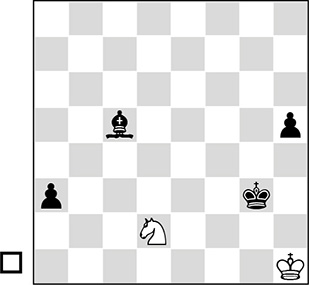 Position after 90a3 91.e4+ f3 92.xc5 a2 and Furman soon resigned. For most of the spectators, the finish was rather dull. For most spectators, that is, except for one: Mikhail Tal. The former World Champion was watching on.
Position after 90a3 91.e4+ f3 92.xc5 a2 and Furman soon resigned. For most of the spectators, the finish was rather dull. For most spectators, that is, except for one: Mikhail Tal. The former World Champion was watching on.
As the British writer Leonard Barden recounts, Tal approached the board after the games end and asked Smejkal, What would you have done after 91.b3 ? Why, pawn to a2 of course! was the reply. Ah, said the Magician from Riga, with a twinkle in his eye. Then you would only have drawn. And with his trademark nonchalance, he pushed a few pieces: 91.b3 a2?? 92.c1!! 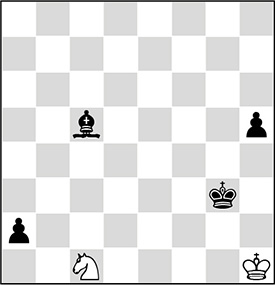 A fantastic drawing idea is revealed, no doubt to both players horror. Promotion to a queen or rook is stalemate, while getting a new bishop is no help with a rooks pawn, even without the white knight. As Tal started to walk away, Smejkal waved him back, announcing Aha! I can still win! Pawn to a1 equals knight! Unphased, Tal reached back and played 92a1 93.b3!!
A fantastic drawing idea is revealed, no doubt to both players horror. Promotion to a queen or rook is stalemate, while getting a new bishop is no help with a rooks pawn, even without the white knight. As Tal started to walk away, Smejkal waved him back, announcing Aha! I can still win! Pawn to a1 equals knight! Unphased, Tal reached back and played 92a1 93.b3!! 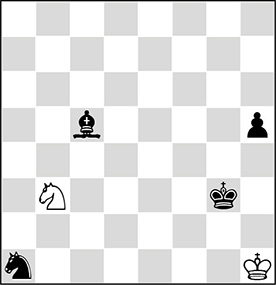 leaving the grandmasters aghast.
leaving the grandmasters aghast.
A picturesque swindle that, alas, never made it onto the scoresheets. Ill never be able to play like Tal. But let me share with you the closest Ive come to imitating him as a spectator. Fast-forward almost 50 years to 2017 and the game that inspired this book, at a less esteemed tournament with less esteemed players and certainly a less esteemed kibitzer: Yi Liu Aleksandar Wohl Gold Coast 2017  Wohl, a legendary Australian IM, had been steadily outplaying his young opponent in this endgame and had assumed complete control. As a crowd of spectators watched, myself among them, the result seemed clear on both players faces. The white player had his head in his hands, looking completely dejected as his final seconds ticked down.
Wohl, a legendary Australian IM, had been steadily outplaying his young opponent in this endgame and had assumed complete control. As a crowd of spectators watched, myself among them, the result seemed clear on both players faces. The white player had his head in his hands, looking completely dejected as his final seconds ticked down.
From the sidelines, I spotted a cute swindling motif. Yi is a pretty good tactician, and I briefly thought his expressions were all part of some sort of theatrical bluff he was pulling on his older opponent. Alas, the gestures were legitimate angst. As I was trying to evaluate a complicated queen endgame, Yi let his clock run down to zero and resigned in the same motion. The spectators began to disperse. Allowing a respectful pause, as I assumed Tal had done, I approached and asked Aleks what he would have played if Yi had continued with 38.h7!! Aleks looked at me as if I had suggested the moon was made of cheese, and reached out his hand for the b-pawn.
But the Australian veteran had known me long enough to appreciate my swindling ways, and he paused to take a second look at the position. 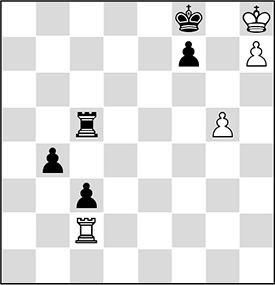 Ahh!, he exclaimed. It was then that both players realised the game was far from over, and that White has some serious self-stalemate chances: 38b3?? 39.xc3! xc3 40.g6! is immediately a draw, for example. Another pretty line is 38b5? 39.xc3 (anyway!) 39bxc3 40.g6! c2 41.gxf7 and there is still no way to avoid the draw. After a few minutes, Wohl cleverly suggested 38c8!, which is the only try for Black to keep winning chances. 39b3 39c2 40.xc2 xc2 41.g6! leads to a draw, while 39e7+ 40.g7 b3 41.xf7+ e6 42.f6+! d5 43.f8 c7+ 44.f7 xf7+ 45.xf7 c2 46.h8 c1 also splits the point. 40.g6 e7+ 41.g7 fxg6 42.f7+! e6 43.f6+! d5 44.f8
Ahh!, he exclaimed. It was then that both players realised the game was far from over, and that White has some serious self-stalemate chances: 38b3?? 39.xc3! xc3 40.g6! is immediately a draw, for example. Another pretty line is 38b5? 39.xc3 (anyway!) 39bxc3 40.g6! c2 41.gxf7 and there is still no way to avoid the draw. After a few minutes, Wohl cleverly suggested 38c8!, which is the only try for Black to keep winning chances. 39b3 39c2 40.xc2 xc2 41.g6! leads to a draw, while 39e7+ 40.g7 b3 41.xf7+ e6 42.f6+! d5 43.f8 c7+ 44.f7 xf7+ 45.xf7 c2 46.h8 c1 also splits the point. 40.g6 e7+ 41.g7 fxg6 42.f7+! e6 43.f6+! d5 44.f8 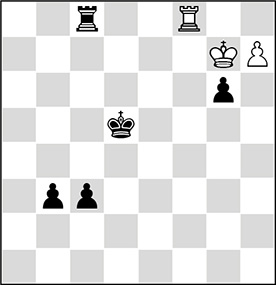
Next page



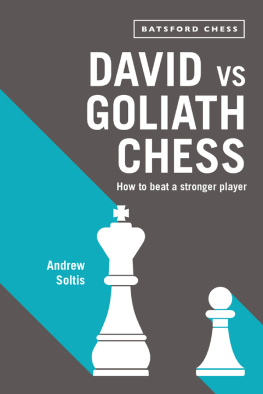
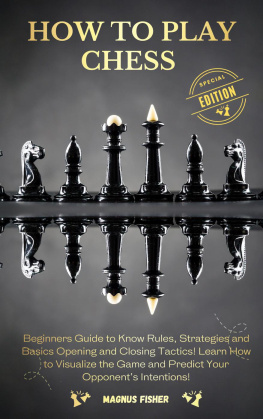
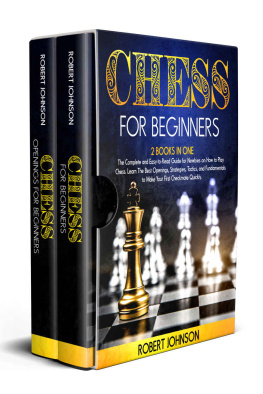
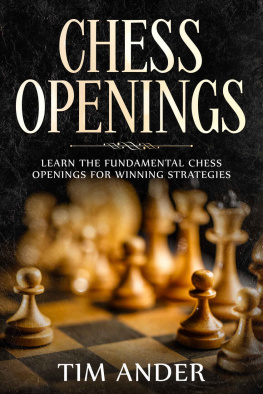
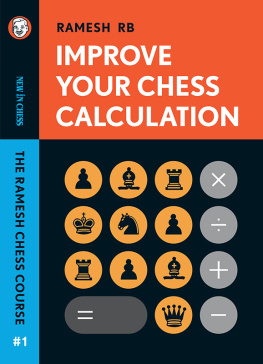
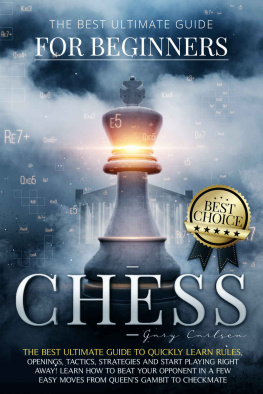
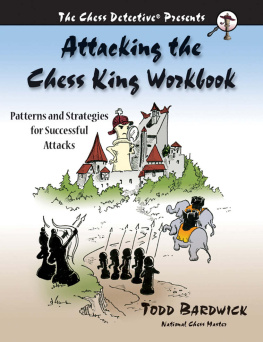
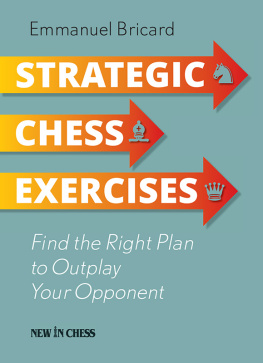
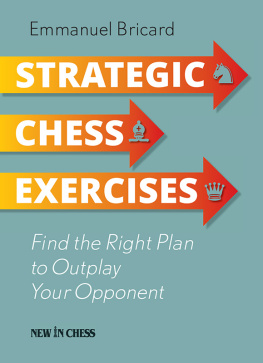
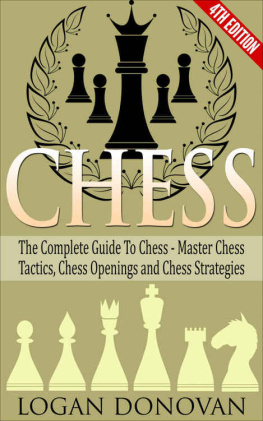







 Position after 90a3 91.e4+ f3 92.xc5 a2 and Furman soon resigned. For most of the spectators, the finish was rather dull. For most spectators, that is, except for one: Mikhail Tal. The former World Champion was watching on.
Position after 90a3 91.e4+ f3 92.xc5 a2 and Furman soon resigned. For most of the spectators, the finish was rather dull. For most spectators, that is, except for one: Mikhail Tal. The former World Champion was watching on. A fantastic drawing idea is revealed, no doubt to both players horror. Promotion to a queen or rook is stalemate, while getting a new bishop is no help with a rooks pawn, even without the white knight. As Tal started to walk away, Smejkal waved him back, announcing Aha! I can still win! Pawn to a1 equals knight! Unphased, Tal reached back and played 92a1 93.b3!!
A fantastic drawing idea is revealed, no doubt to both players horror. Promotion to a queen or rook is stalemate, while getting a new bishop is no help with a rooks pawn, even without the white knight. As Tal started to walk away, Smejkal waved him back, announcing Aha! I can still win! Pawn to a1 equals knight! Unphased, Tal reached back and played 92a1 93.b3!!  leaving the grandmasters aghast.
leaving the grandmasters aghast. Wohl, a legendary Australian IM, had been steadily outplaying his young opponent in this endgame and had assumed complete control. As a crowd of spectators watched, myself among them, the result seemed clear on both players faces. The white player had his head in his hands, looking completely dejected as his final seconds ticked down.
Wohl, a legendary Australian IM, had been steadily outplaying his young opponent in this endgame and had assumed complete control. As a crowd of spectators watched, myself among them, the result seemed clear on both players faces. The white player had his head in his hands, looking completely dejected as his final seconds ticked down. Ahh!, he exclaimed. It was then that both players realised the game was far from over, and that White has some serious self-stalemate chances: 38b3?? 39.xc3! xc3 40.g6! is immediately a draw, for example. Another pretty line is 38b5? 39.xc3 (anyway!) 39bxc3 40.g6! c2 41.gxf7 and there is still no way to avoid the draw. After a few minutes, Wohl cleverly suggested 38c8!, which is the only try for Black to keep winning chances. 39b3 39c2 40.xc2 xc2 41.g6! leads to a draw, while 39e7+ 40.g7 b3 41.xf7+ e6 42.f6+! d5 43.f8 c7+ 44.f7 xf7+ 45.xf7 c2 46.h8 c1 also splits the point. 40.g6 e7+ 41.g7 fxg6 42.f7+! e6 43.f6+! d5 44.f8
Ahh!, he exclaimed. It was then that both players realised the game was far from over, and that White has some serious self-stalemate chances: 38b3?? 39.xc3! xc3 40.g6! is immediately a draw, for example. Another pretty line is 38b5? 39.xc3 (anyway!) 39bxc3 40.g6! c2 41.gxf7 and there is still no way to avoid the draw. After a few minutes, Wohl cleverly suggested 38c8!, which is the only try for Black to keep winning chances. 39b3 39c2 40.xc2 xc2 41.g6! leads to a draw, while 39e7+ 40.g7 b3 41.xf7+ e6 42.f6+! d5 43.f8 c7+ 44.f7 xf7+ 45.xf7 c2 46.h8 c1 also splits the point. 40.g6 e7+ 41.g7 fxg6 42.f7+! e6 43.f6+! d5 44.f8 